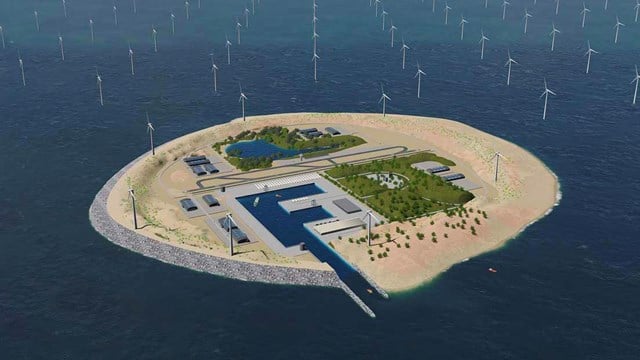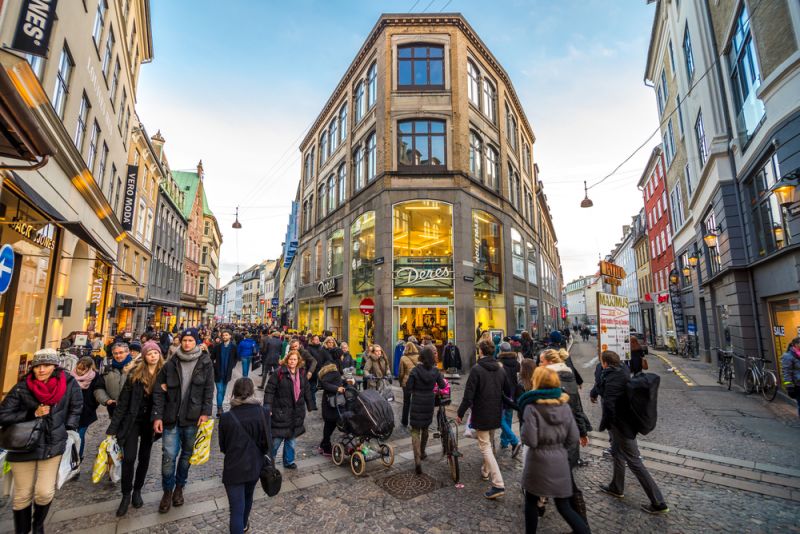
Do the Danes really have such et grønt hjerte (a green heart) as they claim they do?
One of the main reasons that I decided to pick Denmark as the place for my study abroad experience was their strong promoting spirit for sustainability. As a student studying Environmental Science, I found Copenhagen was a great destination for me to gain a deeper understanding of how Denmark fosters such an impressive, happy, and clean society.
Is Denmark truly one of the world’s greenest countries? Do the Danes really have such et grønt hjerte (a green heart) as they claim they do?
There is such a high degree of environmental consciousness in Denmark because they use a clear strategy to educate children at a young age and it has become part of their national identity. In an article about learning culture in Denmark by Jørgen Carlsen, he mentions that Danish education focuses more on actual learning as humans rather than testing and grading, and this is portrayed how the school systems within Denmark have an important role in their society.
The homogeneity culture in Denmark makes it easier for the Danes to acknowledge environmental consciousness, whereas this is not as easy in other countries such as the United States of America. The Danes have social democratic values and trust in the government which allows them to have an active environmental policy and a good level of wealth spread out for everyone.
The last election in the year 2019 was based a lot on climate change and arguing over having a goal of having their greenest profile to date. Denmark had the biggest climate march this year with over 50,000 people attending. One can personally tell how much climate change is acknowledged in Denmark, especially by many of the climate change posters that you may come across while cruising through Copenhagen. One of my favorite posters that I have come across about Climate Change is the “Winter is NOT coming” by the Alternativet political party for this year’s election. According to the New York Times, 46% of the voters classify climate change as their top concern in the last election. This indicates the great importance danes have for climate change.
Nowadays, the government has planned ambitious environmental friendly goals such as: new offshore windmill parks before 2030, 70% reduction of CO2 by 2030, no fossil fuels by 2050, 500,000 electric cars before 2030, recommended new 13DKK tax on flights, and no more oil and gas production by 2030. There is also a big focus on organic food in Denmark. Organic food has also become more reasonably priced in Denmark which has made it more accessible to everyone. The 10 biggest textile fashion companies in Denmark have come to an agreement to use about 40% of recycled material for their clothing.
In an article written by Rasmus Bragh Schulz, he states that “If the world lived like Denmark, the climate would be in ruins.” Yes, there are not many countries in the world that don’t actually have very ambitious climate laws such as Denmark. However, Schulz touches on the fact that Denmark is one of the most consuming countries in the world. When you include everything from the light bulb in the home to the purchase of new clothes and flights out into the world, the average Dane emits around 17 tons of CO2 annually. By comparison, the world average is just under six tonnes per citizen. Danes are good at adjusting their energy supply and at developing new technologies, but have a huge challenge with their consumption patterns. Denmark is a wealthy country, which certainly does not help the overall consumption use.
After conducting my studies further on Denmark’s ecological footprint, I can see why Denmark is considered one of the world’s greenest countries in the world. However, it is also evident that the Danes still need to work further on reducing their consumption use. If Denmark truly wants to meet the world’s climate goals, it needs to focus on how economic growth and a green transition can go hand in hand. Although, I do believe that a lot of countries like the United States of America could still learn a lot from Denmark’s use of proper education at a young age and modern sustainable technology to create climate awareness for a better future for our planet.

